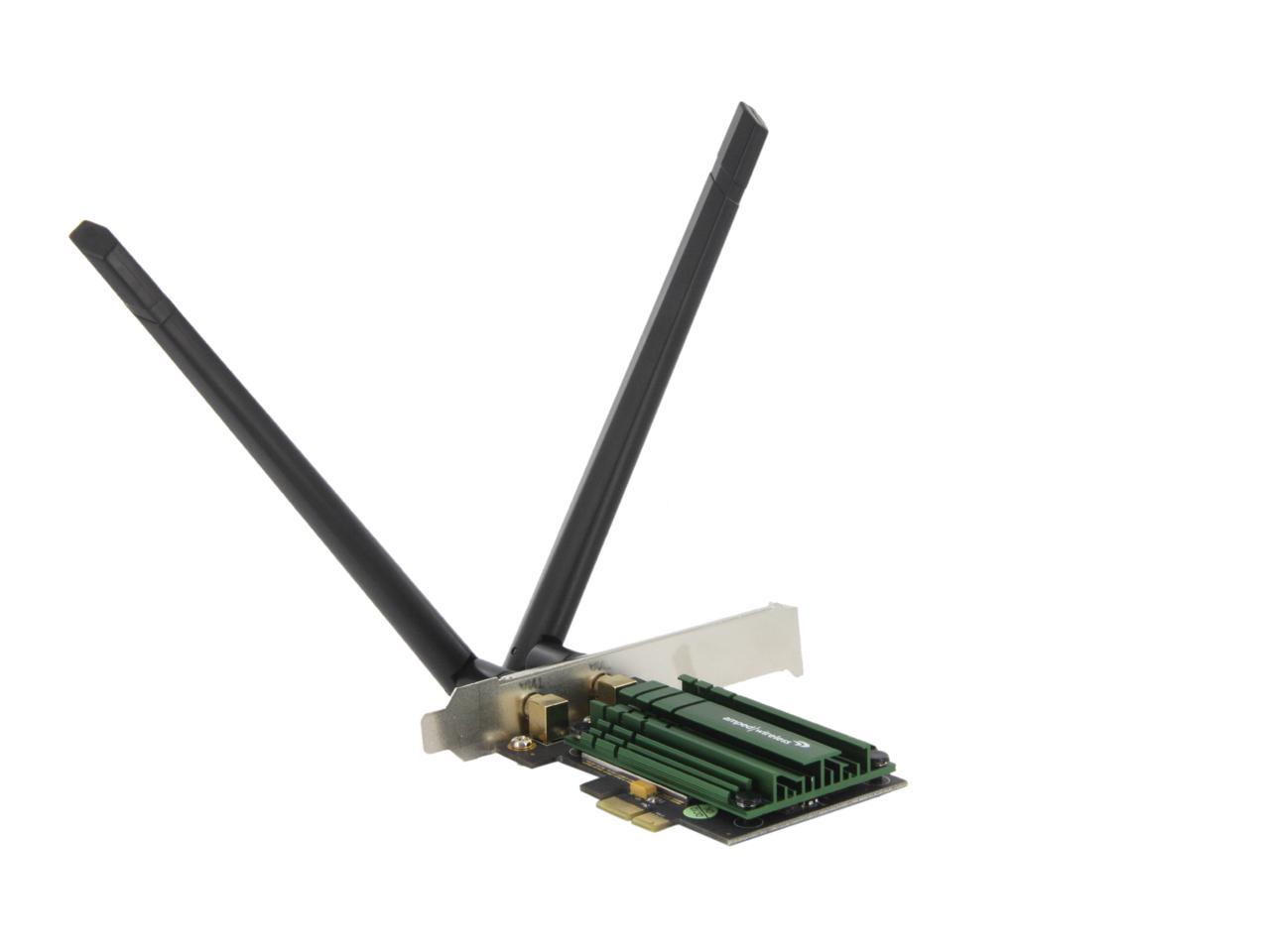


(If you don’t want to flip back, the UA2000 manages average throughput of 80Mbps with the Belkin N600 and 87Mbps with the R20000G.)Īt this point, I decided that my initial positioning of the repeater made it less than useful, so I left it at Location B and conducted additional testing at Location C. As you can see, the SR20000G is able to send a lot of traffic to the router in this fashion, approaching 100Mb Ethernet speeds and nearly matching the UA2000 5GHz results while using omnidirectional wires. This time, I connected a laptop via Gigabit Ethernet to the repeater and ran the same four tests with the repeater at Location B. If you look at the earlier Location B test results, you’ll see that every adapter ends up with far lower throughput at this test location when using the repeater.Īs a second test of the impact of the added wireless traffic (from adapter to repeater and from repeater to base router, all happening simultaneously), I decided to test the SR20000G throughput without using a wireless adapter.

For average throughput, Intel’s 6235 actually comes out on top when sending traffic through the repeater, followed by the 2.4GHz UA2000 result, then the Rosewill adapter, and the UA2000 5GHz result comes in dead last by a fairly sizeable margin. The Windows File Copy charts agree, with throughput that’s generally two to three times higher than NTttcp. With a repeater in place, however, I think it may simply generate more interference. That works well for Ethernet traffic, and it appears to work reasonably well for normal wireless traffic. Throughput is way down on the NTttcp results, but that’s likely due to the way NTttcp works: to get maximum throughput (at least for most tests) I have six threads running simultaneously. Let me illustrate this first with some results from the second test location, with the repeater placed about 20 feet from the router and 20 feet from the test location. While in theory a repeater can be used to get a strong connection instead of a weak connection, in practice I found that the repeater was most useful in given me a moderate connection instead of no connection. So far I’ve left off any discussion of the repeater performance, and for good reason: in most of the test locations, the fact that I could get a signal to the base router means that I already have better performance than I’ll get when going though the repeater.


 0 kommentar(er)
0 kommentar(er)
